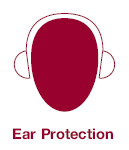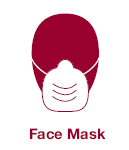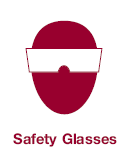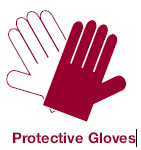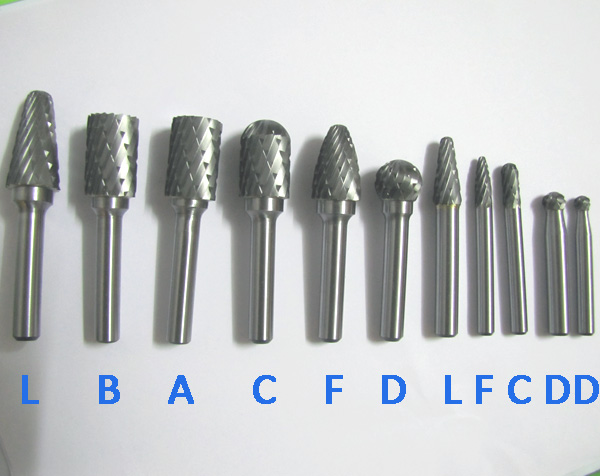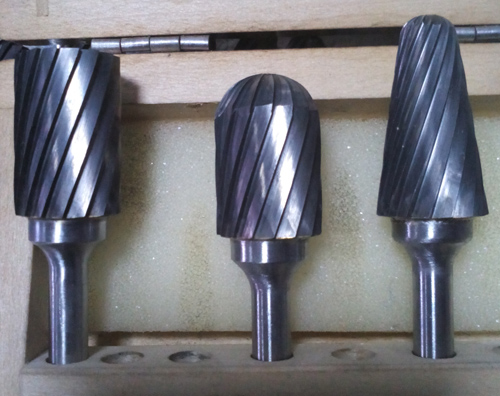10MM Head Tungsten Carbide Rotary Burrs Die Grinder Carving Cutter Bit 6mm Shank
We are manufacturing carbide burrs from CNC machines.
our burrs are packed in attractive plastic tubes.
our burrs can be supplied both in Metric and Imperial size.
we can supply long shank carbide burrs in 100mm, 200mm & 250mm lengths.
we can supply coated carbide burrs as customers’ need.
we can supply miniature burrs in 3mm shank and standard in 6mm shank(1/4″ shank). 8mm shanks also available against specific requirements.
The most common types of burs are single cut burs, which remove the most amount of material. using single cut to leave a rather rough finish, and they are commonly used to work with cast iron, steel, copper, brass, and other ferrous materials.
Double cut carbide burs are used at slower speeds, and produce smaller chips. They remove harder material more rapidly, and offer more operator control. Depending upon the shape and size of the bur you choose, some will leave a very smooth surface on your material, while others will leave a less smooth surface but might remove more material.
Standard Carbide Burrs in double cut, FX1225M06
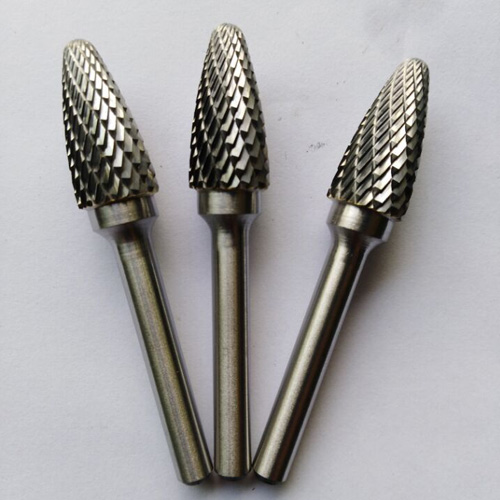
Carbide Rotary Burrs in Coarse Cut:
Coated Carbide Burrs
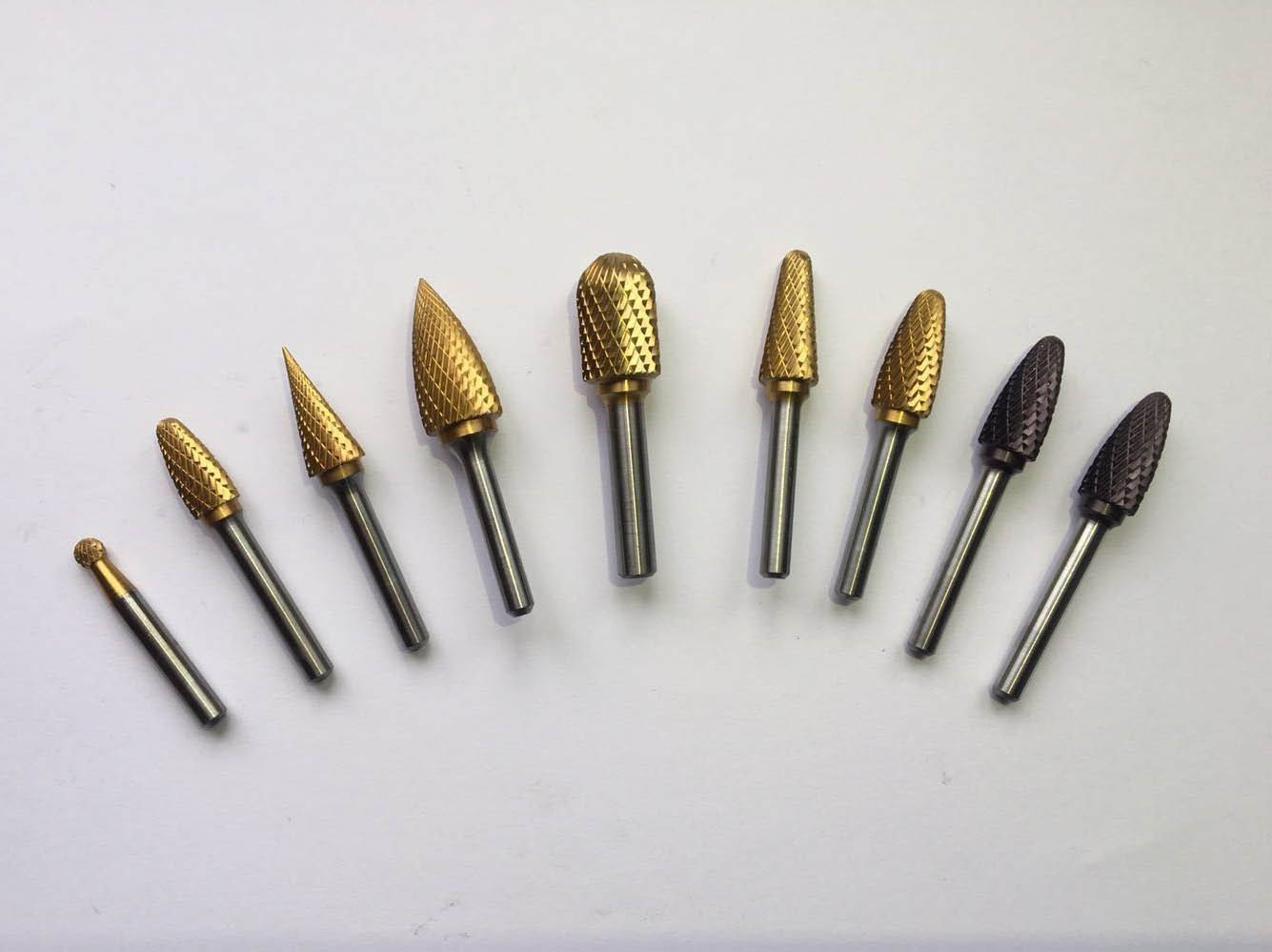
Long Shank Carbide Burrs:
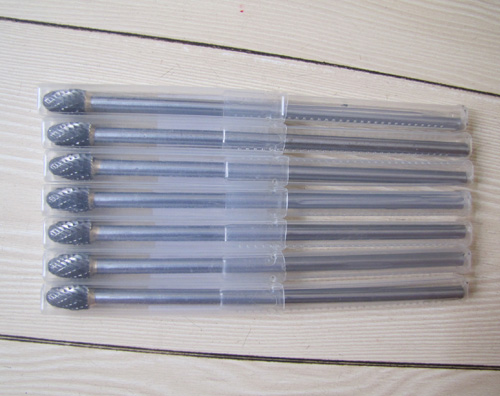
Our Packing:
Recommendations For Use of Carbide Rotary Burs:
• It may be necessary to alter the running speeds from those shown in the
speed chart in order to achieve optimum performance.
• Harder materials require slower running speeds.
• Smaller burrs require faster running speeds.
• Long shank burrs require slower speeds for safety reasons.
• Apply constant movement and light pressure when using the burr.
• Running below the optimum speed will cause chipping.
• Running above optimum speed will cause premature tooth wear.
• Allowing the burr to become too hot may cause the braze to soften, and
cause the head to become detached from the shank.
• Using tools and collets which have become worn will encourage chipping.
• Do not sink the burr for more than one third of its periphery.
Always Remember to Wear
